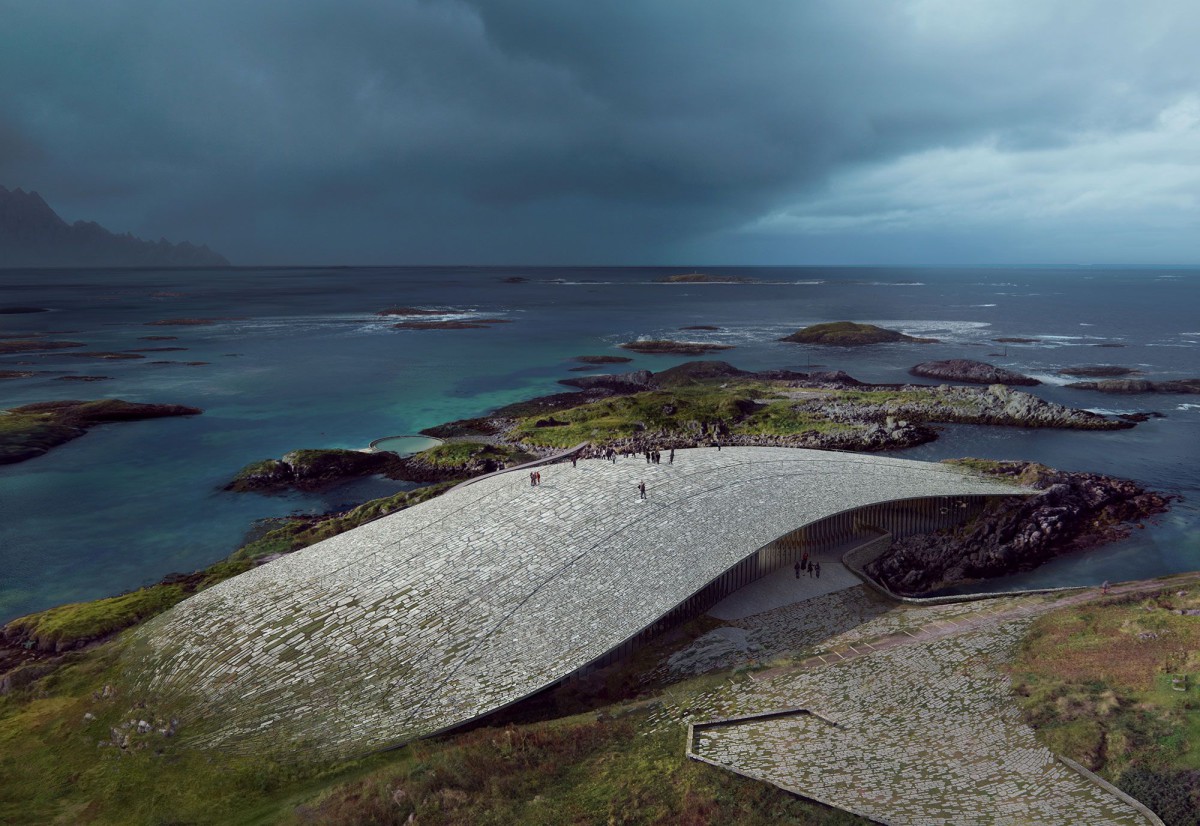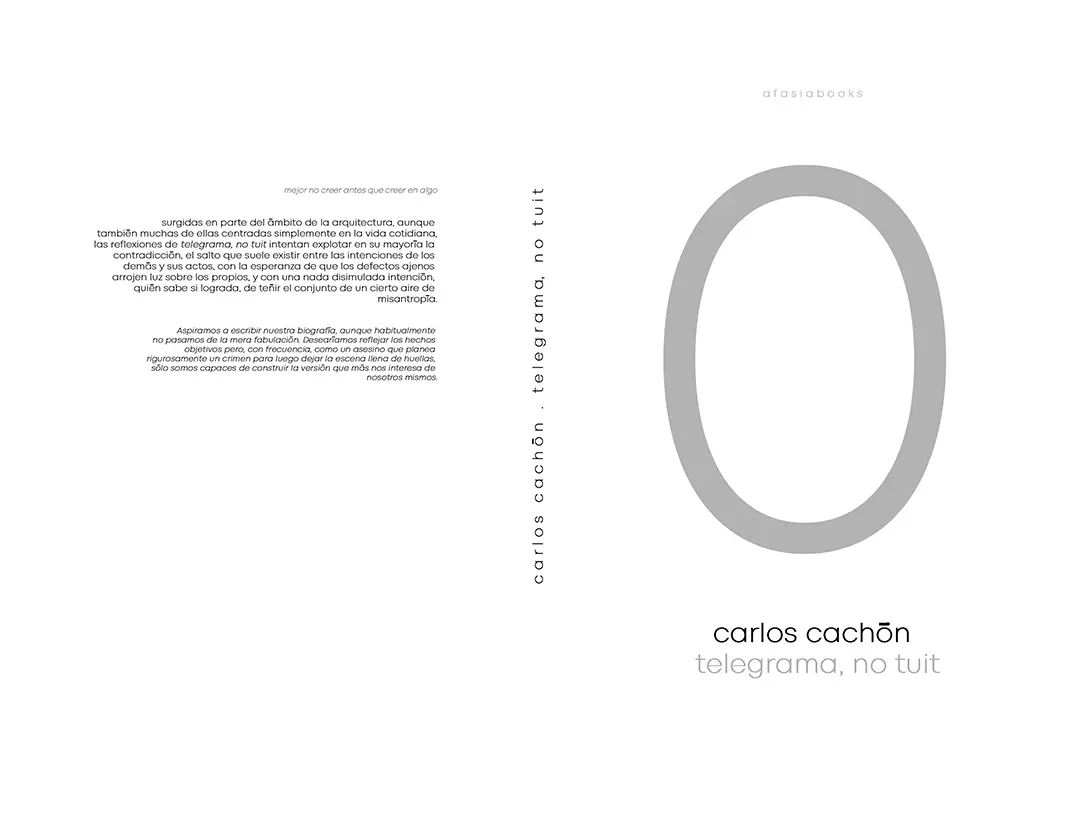Dorte Mandrup . renders: © MIR
Dorte Mandrup, together with Marianne Levinsen Landskab, JAC Studio, Thornton Tomasetti, AT Plan & Arkitektur, Nils Øien and Anders Kold have been announced winner of the international competition to design the new Arctic attraction, The Whale, in Andenes, Norway.
_
Andenes is placed on the northernmost part of the island Andøya, 300 km North of the Arctic Circle. Compared to many other places this far North, the gulf stream makes for a welcoming climate, while the rugged mountains and the vast ocean create a dramatic landscape – a landscape that continues below the surface of the water. Just a few sea miles from shore lies the deep-sea valley, Bleiksdjupa, where migrating whales pass by. This pit-stop has made Andenes one of the best places in the world to spot whales and is the reason the attraction will be built there; on the edge of this magnificent underwater world.
A World Class Attraction in the Arctic
Situated by the edge of the ocean The Whale will grow out of the dramatic Norwegian landscape. It rises naturally as a soft hill on the rocky shore as if a giant has lifted a thin layer of the crust of the earth and created a cavity underneath. Visitors and locals are invited up to walk on the roof and have an unspoiled view at the ocean, the mountains, the midnight sun or the northern lights’ dancing on the sky.
The ambitions for the new building are high, and a visit to The Whale should be an unforgettable part of a stay on Andøya – a place that augments the monumental experience of nature and the landscape. This remote location already has 50.000 yearly visitors and The Whale will significantly strengthen Northern Norway as a travel destination.
Dissolving Lines Between Landscape and Building
The curved roof will be covered with stones that naturally patinate and underline the connection between the Norwegian landscape and the building. As with the Wadden Sea Centre in Ribe and the Icefjord Centre in Ilulissat, the building doesn’t simply fit into the landscape – it enhances its character and adds a complementary element.
The parabolic form of the roof is defined by three high points on the site, and the foundation is informed by the landscape beneath it. Large windows that open toward the archipelago underline the connection between landscape and building and create a visual connection between the exhibition spaces and the vast natural surroundings.
The building will house exhibition spaces, offices, a café, and a store. Dorte Mandrup presents a design that respectfully ties the waterfront site with the ambitious goal to protect the marine environment and its wildlife through art, science, and architecture. Dorte Mandrup’s winning proposal will form the basis for the construction of the new building which is expected to open in 2022.
_















